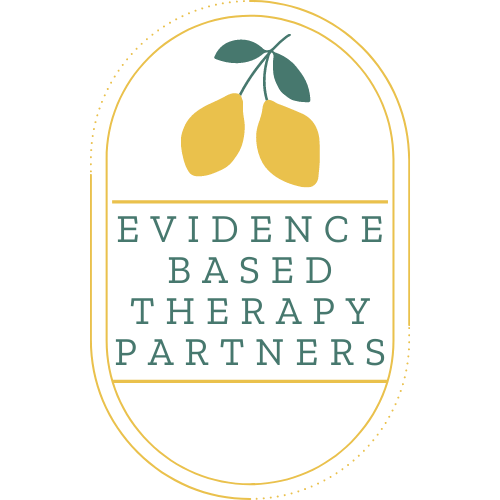
“My story is a freedom song from within my soul. It is a guide to discovery, a vision of how even the worst pain and heartaches can be channeled into human monuments, impenetrable and everlasting.”
—Coretta Scott King
Chronic Pain
What is Chronic Pain?
Chronic pain is defined as pain that lasts longer than 6 months. Pain, both physical and emotional, is thought to be temporary. When it continues for that length of time, we consider the pain to be chronic.
Millions of Americans struggle with chronic pain and many have made countless attempts to try and relieve the pain. The unfortunate reality is that those seeking help often end up feeling hopeless after years of debilitating pain, invalidation from providers, and possible opiate addiction.
Chronic Pain often leads to disengagement in work, enjoyment, relationships, and can greatly impact life satisfaction. In addition, the pain affects the ways people think, act, and feel. As individuals limit their lives, they experience more isolation and possible increased physical degeneration.
Theories of Pain
Specificity Theory.
When thinking of pain, we assume that the amount of pain we feel is based on how much bodily harm or tissue damage is experienced. People search for a physiological reason for why they are experiencing the location, type, and intensity of pain. This theory presumes that when the injury has healed, the pain will subside. The problem with this theory is that it does not explain why individuals continue to have pain when their injuries have healed, why amputees experience phantom limp pain, why people experience different levels of pain with similar injuries, why individuals with minor injuries experience immense pain, or why individuals with intense injuries have little or no pain. This theory leads to immense invalidation and suffering when attempting to access help and relief.
Gate Control Theory.
The Gate Control Theory was developed by Ronald Melzack and Patrick Wall in the early 1960s. When there is damage to the body in some way, messages travel from nerves, to the spinal cord, to the brain. Melzack and Wall proposed that there are “gates” in the spinal cord that open and close and affect how we experience pain. Input from both the body and the brain affect whether or not a gate is closed or open. When a gate is open, pain can be intensified. When it is closed, it can decrease the intensity of pain. There are physical, emotional, cognitive, behavioral, and social things that can open or close the gates. This theory helps guide how we can more effectively manage pain and engage in a more full life. It also helps us move away from the idea that pain is “just in your head.”
from Otis, J.D. (2007). Managing Chronic Pain A Cognitive-Behavioral Therapy Approach. New York: Oxford University Press
How Is Chronic Pain Treated?
Cognitive Behavioral Therapy (CBT) as well as Acceptance and Commitment Therapy (ACT) have both been shown to be effective in reducing the impacts of chronic pain. They help individuals identify ways to close the gates.
Both treatments assist patients:
Change the way that people view and interact with pain. By changing people’s thoughts, feelings, and relationship to the pain, suffering is reduced. In many cases, pain itself is significantly reduced.
Increase meaning and commitment to values. Individuals are able to experience a more full and meaningful life that pain was previously restricting.
Reduce stress, which changes the experience or intensity of pain in the body.
While these evidence-based therapies are not considered a cure for chronic pain and do not treat the underlying medical conditions, they are often considered to be a meaningful, if not necessary, component of recovery.
Click here for research and information on the efficacy of
CBT for Chronic Pain
or
ACT for Chronic Pain.
EBTP and Chronic Pain
The team at EBTP is guided by values of compassion and acceptance. We know that individuals are have gone through a lot of different interventions before they get to us. We are aware of the stigma tied to Chronic Pain and many have experienced intense invalidation. We are committed to helping individuals find relief in a non-judgmental way.
If you believe you may benefit from treatment, please don’t hesitate to reach out and make an appointment.
“Behind every beautiful thing, there's some kind of pain.”
— Bob Dylan

